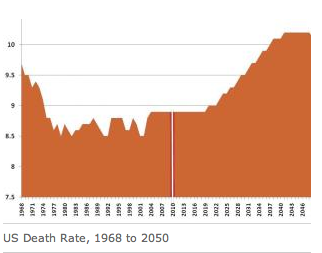The new year is getting close, and to finish this top ten list before the end of the old year, I’m going to have to
6. I’m not sure this has really been happening, but it seems to me there has been decreasing tolerance within Unitarian Universalism for anti-Christian bias. You know what I mean by anti-Christian bias: the willingness to explore any major world’s religion except Christianity; a fear of acknowledging that we once came out of Christianity; a willful blindness towards our Christian past and the associated refusal to use certain words (“God,” “worship,” “Jesus,” etc.) that remind of us whence we came.
We Unitarian Universalists have good reason to be anti-Christian: from our beginnings we got called heretics by other Christians, and a hundred years ago we got kicked out of various Christian clubs like the National Council of Churches, and in the middle of the twentieth century the Neo-Orthodox dismissed us. Even today, a scholar like Gary Dorrien can’t quite keep the scorn out of his authorial voice when he writes about nineteenth century Unitarians in his histories. So we got in the habit of thinking: Hey, if the Christians don’t want us in their club, why should we want anything to do with Christianity?
Yet though we have grown into something that is no longer a Christian denomination but something else (we’re not quite sure what), we still carry grew out of the fertile ground of the Radical Reformation, and of the English free church movement, and of American freethinking Christians. The roots of our commitment to social justice, the roots of our use of reason in religion, the roots of our belief that love is the most powerful force in the universe, all go back to that fertile ground.
Thus I have been pleased to see what I believe is a growing respect both for our Christian past, and for those among us who still claim the name “Christian.” Maybe we have gotten so far from Christianity, maybe we are so obviously no longer a Christian sect, that we can relax a little bit.
5. We have definitely made some real progress in preventing clergy sexual misconduct this year. Most of this progress has been made by the UU Ministers Association (UUMA), which is remarkable in of itself: ministers have generally been woefully bad at policing themselves when it comes to sexual misconduct. But the UUMA has begun to make some real progress.
In one example of progress, Rev. Deborah Pope-Lance was invited to give this year’s Berry Street Lecture, she spoke on clergy sexual misconduct, and hundreds of ministers sat and listened to her in rapt silence. Mind you, Deborah has been speaking out for years on the evils of clergy sexual misconduct, but it has too often seemed as though other ministers were not particularly willing to listen to her — what was remarkable was seeing so many ministers watching with apparent approval and interest.
In another example of progress, the members of the UUMA voted in June to approve a new amendment to the professional guidelines — but there was a sense that even the new amendment wasn’t strong enough, and so a committee has already drafted a new, stricter, amendment. One could be cynical and say that by telling clergy that they can’t have sexual contact with anyone they serve in their ministries, the UUMA is merely catching up with what is already the law in 27 states in the U.S. But I’m not cynical, because it would be very easy to ignore those state laws; and besides, my impressions is that the new amendment will be even stricter than those state laws.
Obviously, there is still lots of work to be done. I would love it if the Unitarian Universalist Association didn’t take quite such mushy stands on clergy sexual misconduct. I would love it if some of the Unitarian Universalists who work on legislative action would start actively pushing for laws against clergy having sex with congregants in the 23 states without such laws. But after years of very little progress in this area, I’ll take what I can get.

